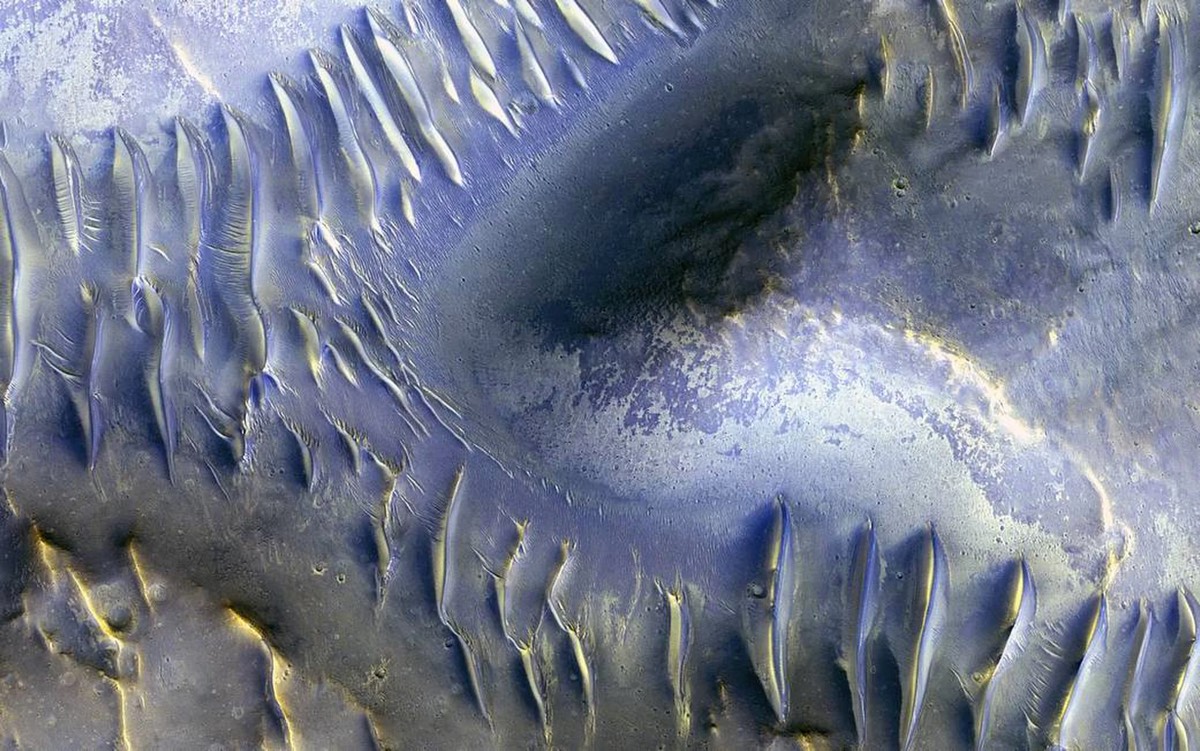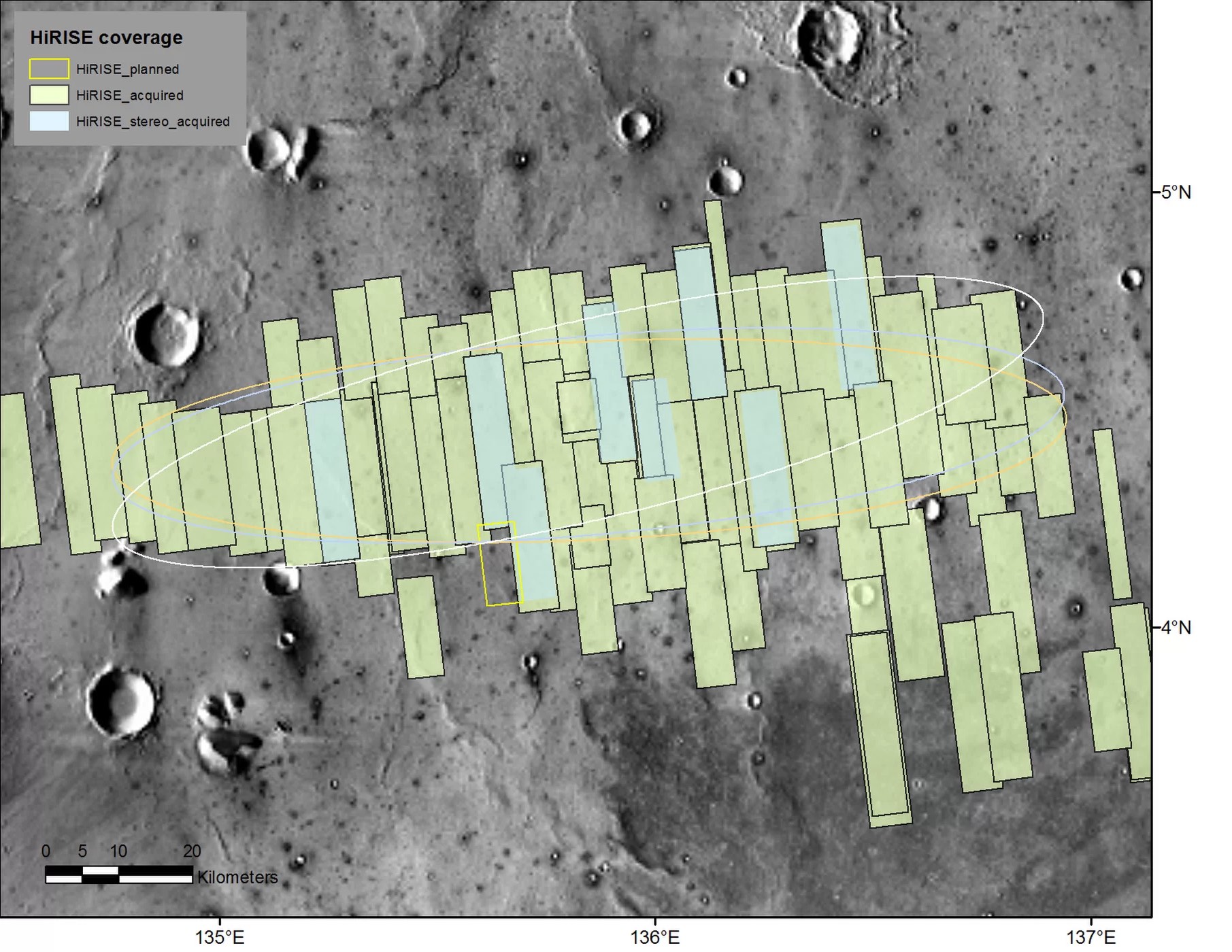
NASA's sharp-eyed Mars Reconnaissance Orbiter (MRO) has now circled the Red Planet 50,000 times.
The milestone came on Monday (March 27), about 11 years after MRO arrived at the Red Planet — and the spacecraft is still going strong, mission officials said.
"It's a marvelous vehicle that we expect will serve the Mars Exploration Program and Mars science for many more years to come," MRO project manager Dan Johnston, of NASA's Jet Propulsion Laboratory in Pasadena, California, said in a statement. [Latest Photos from NASA's Mars Reconnaissance Orbiter]
The $720 million MRO mission launched in August 2005 and slipped into Mars' orbit in March 2006. The probe then spent some time refining its orbit before beginning science operations in November 2006.
MRO's work has been varied and voluminous. The probe has been searching for signs of past water activity on the Red Planet; scouting out possible landing locations for future robotic and crewed missions; studying the Martian climate and geology; and serving as a data-relay link for surface robots such as the Opportunity and Curiosity rovers, among other activities.
To date, MRO has beamed more than 300 terabits of science data back to Earth, NASA officials said.
MRO carries six science instruments, three of which are cameras. One of these imagers, the Context Camera (CTX), has taken about 90,000 photos covering 99.1 percent of the Martian surface — roughly equivalent to all of Earth's land area, NASA officials said.
Get the world’s most fascinating discoveries delivered straight to your inbox.
"Reaching 99.1 percent coverage has been tricky because a number of factors — including weather conditions, coordination with other instruments, downlink limitations and orbital constraints — tend to limit where we can image and when," Context Camera team leader Michael Malin, of Malin Space Science Systems in San Diego, said in the same statement.
CTX has a resolution of about 20 feet (6 meters) per pixel. Another MRO camera, the High Resolution Imaging Science Experiment (HiRISE) can pick out features just 4 to 8 feet (1.2 to 2.4 m) across on the Martian surface. But this higher resolution results in more limited coverage; HiRISE has imaged about 3 percent of the Red Planet, NASA officials said.
Since November 2006, MRO has been flying in a near-polar, roughly 2-hour-long orbit whose altitude has ranged from 155 to 196 miles (250 to 316 kilometers).
On March 22, the probe performed a 45-second engine burn to help prepare for the Nov. 26, 2018, arrival of NASA's InSight Mars lander. MRO needs to be in the right position to relay data from InSight to its handlers during entry, descent and landing operations, NASA officials said.
InSight is currently scheduled to launch in May 2018.
Follow Mike Wall on Twitter @michaeldwall and Google+. Follow us @Spacedotcom, Facebook or Google+. Originally published on Space.com.





